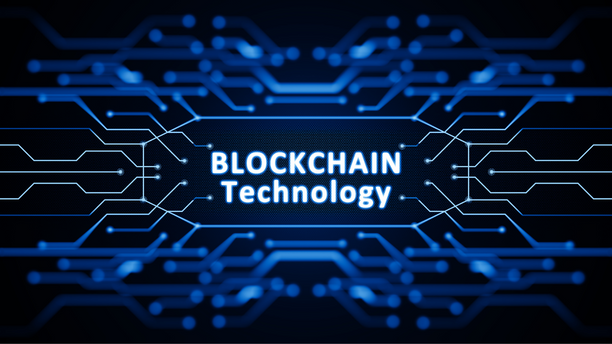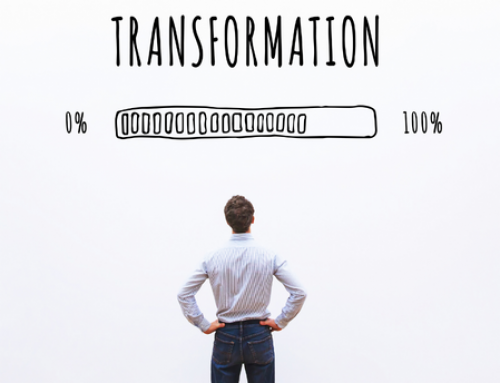Blockchain Technology: what it is, what it is for, and how it is explained
Agrifood sector
Through blockchain, it is possible to ensure transparency and traceability of products and raw materials, such as food certification or food tracking, giving consumers all the information they need to ensure food quality.
Manufacturing sector
This sector can take advantage of decentralization to produce new technologies to support the production, logistics, and supply chain of enterprises.
The data and information stored in the various nodes provide security and reliability to the entire production, post-production, and distribution pathway.
Healthcare
Think about the medical records and data of various patients: preserving and managing them through blockchain allows medical information to be shared quickly and securely, empowering physicians to have the patient’s medical records at their disposal and administer the best care in the shortest possible time. At the same time, patient data is privacy-protected through authentication methods, which ensure secure, decentralized and immutable document management.
Private sector
With blockchain, business processes are simplified, costs lowered, sales and business performance monitored, and efficiency increased.
Public Administration
Blockchain implementqtion in PA allows citizens to have their own secure and shared digital identity that would simplify bureaucracy and fight tax evasion. In addition, the new technology enables PA to ensure trust, transparency, and security to reduce administrative burdens for citizens
Arts and music sector
In the area of copyright protection, blockchain, through NTFs, allows anyone to claim authorship of a work (musical, artistic, photographic, literary, etc.) through its entry into the digital registry, thus simplifying the copyright protection process.
For example, in the case of a work of art, with blockchain, the author can insert into the work itself a code fragment in which all information about the author, description, date of creation, etc., is recorded. This not only immediately protects the authorship of the work but also protects it from possible counterfeiting and subsequent loss of value.
The security of blockchain
Blockchain security is one of the major topics of interest in this emerging technology.
Indeed, there are many who wonder how safe it might be to store important and confidential documents in the nodes of the chain or, in the not-too-distant future, to abandon cash and avail themselves only of intangible money.
The blockchain exploits the combined effects of a number of cryptography-based technologies and a very robust self-regulatory system; in addition, all the self-regulatory systems provided are particularly secure because they are decentralized.
Once data blocks are added to the blockchain database, they become immutable:
a hacker, for example, cannot modify them to siphon money without conducting a giant worldwide attack that is impossible to accomplish in a few minutes.
Blocks are verified with consensus mechanisms that eliminate fraudulent transactions and protect against hacking.
Access to the database is protected by bank-grade public-private key cryptography, so the blockchain architecture is one of the most secure computing structures ever built.
In fact, blockchain security depends on many different factors, so attention will need to be paid to a few key aspects:
Two-step encryption: each transaction is governed by two keys, one public and one private, which allow everyone to verify these transactions, but which only the owners have the power to use.
The hierarchical structure of the blockchain: each node can only perform transactions with a particular number of other nodes.
Proof of work or possession: activities and transactions are validated by miners or validators, who compute a hash in particular, which depends solely and exclusively on the block’s content. In this way, any forgery would include a modification of it.
Block hash, or block structure: this hash is carried over into the header of the next block, which makes it virtually impossible to breach one block without invalidating all subsequent ones.
Software transparency and self-regulation: transactions occur “in the light of day” and all nodes are informed.
At the regulatory level, we are still in the early days of regulation, but some laws are already in place in the field of authentication.
The European Regulation IDAS910/2014 establishes electronic signature as the time stamp of the blockchain and suggests using SPID, digital identity, to ensure Europe-wide access to services.



